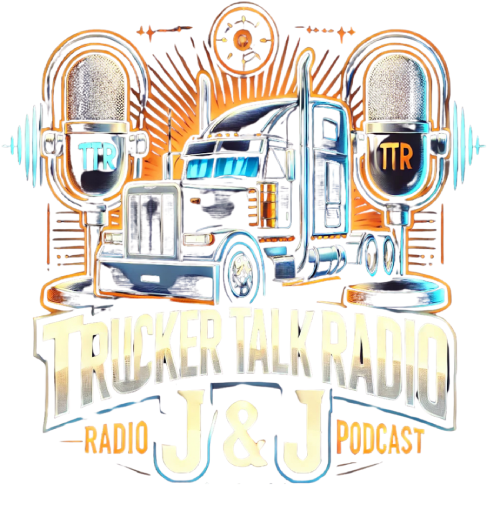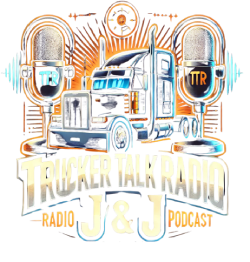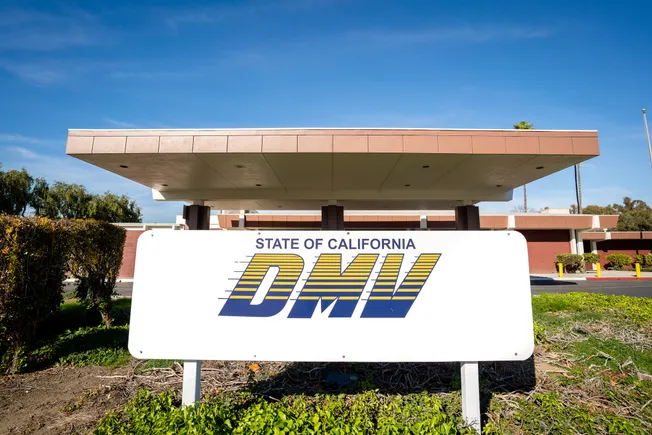Overview:
The California Department of Motor Vehicles (DMV) released draft regulations on August 30, indicating a possible move towards permitting heavy-duty autonomous vehicles without drivers to operate on public roads. The proposal suggests that vehicles weighing over 10,001 pounds could be authorized for testing and operations on roads where the speed limit is 50 mph or higher, as well as on frontage or access roads.
Public Input Invitation:
The DMV clarified that the draft regulatory language is meant to encourage public commentary and is not yet a finalized regulatory proposal. Individuals and stakeholders can provide feedback until October 14.
Safety Measures Proposed:
The draft regulations include a requirement for safety driver testing prior to issuance of a permit for driverless operations. Manufacturers looking to operate such vehicles would also need to present a safety case as part of the application process.
Permit Process Insights:
Permits for both testing and driverless operations could be granted in advance. However, the DMV seeks public input regarding the necessary timeframes and mileage required to issue these permits.
Expanded Regulatory Authority:
The DMV aims to enhance its regulatory authority to manage fleet operations in terms of hours and geographic areas, particularly in relation to safety concerns. Additionally, the department proposed the requirement for monthly reports on disengagements and suggested that crash reports provide more comprehensive data than what is currently collected by the National Highway Traffic Safety Administration.
Crash Report Details:
Proposed crash reports could encompass critical information such as vehicle sensor data from 30 seconds prior to the incident, as well as details on braking, acceleration, steering, and available camera footage.
Industry Response:
Hazardous materials, oversized loads, and tank trucks would continue to be barred from autonomous operations, according to the DMV summary. The Autonomous Vehicle Industry Association welcomed the proposed changes, commending Governor Gavin Newsom and the DMV for their initiatives. However, these regulatory changes may conflict with other legislative efforts aiming to enhance oversight by lawmakers and the governor—a move that Newsom previously dismissed.


